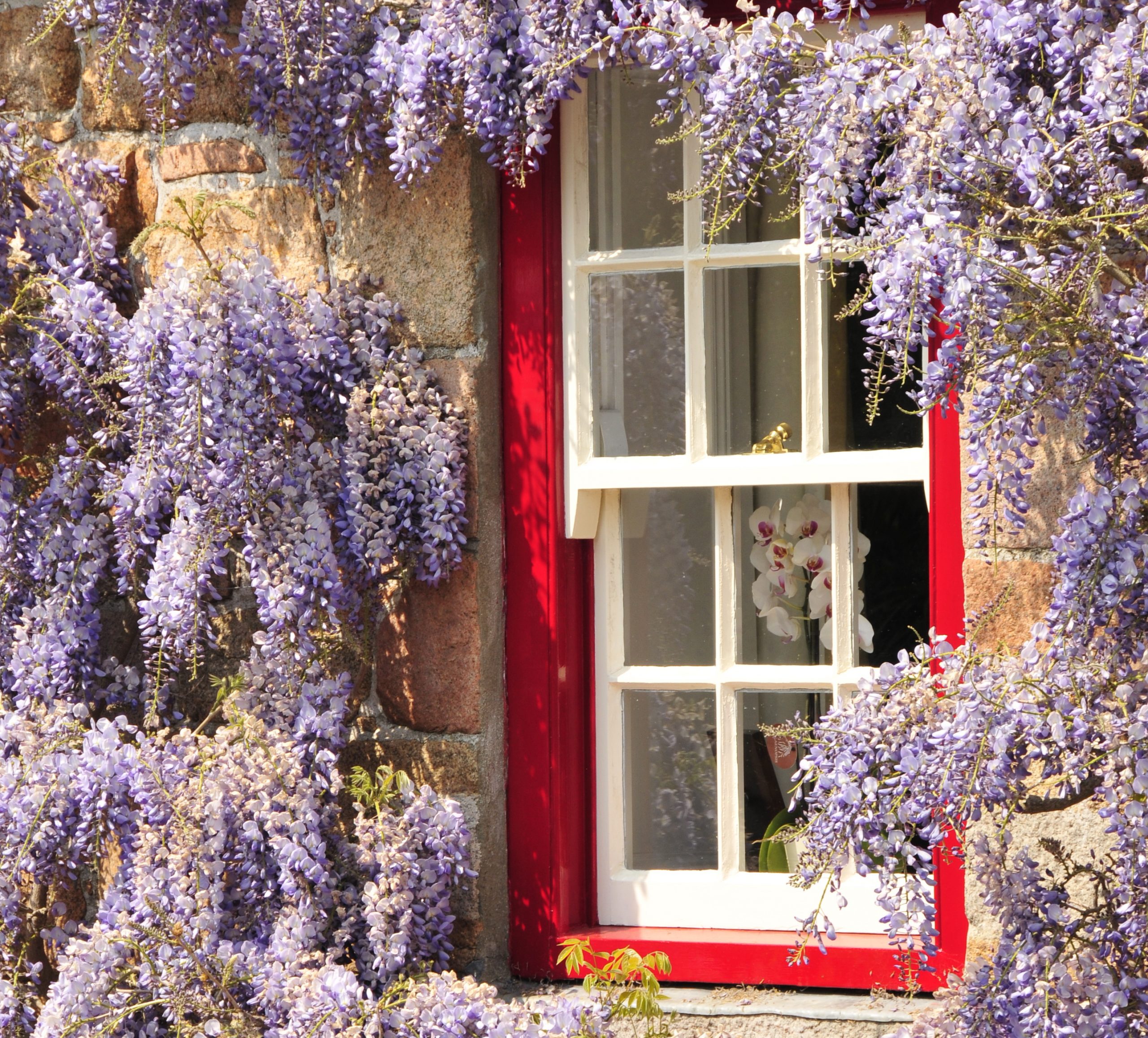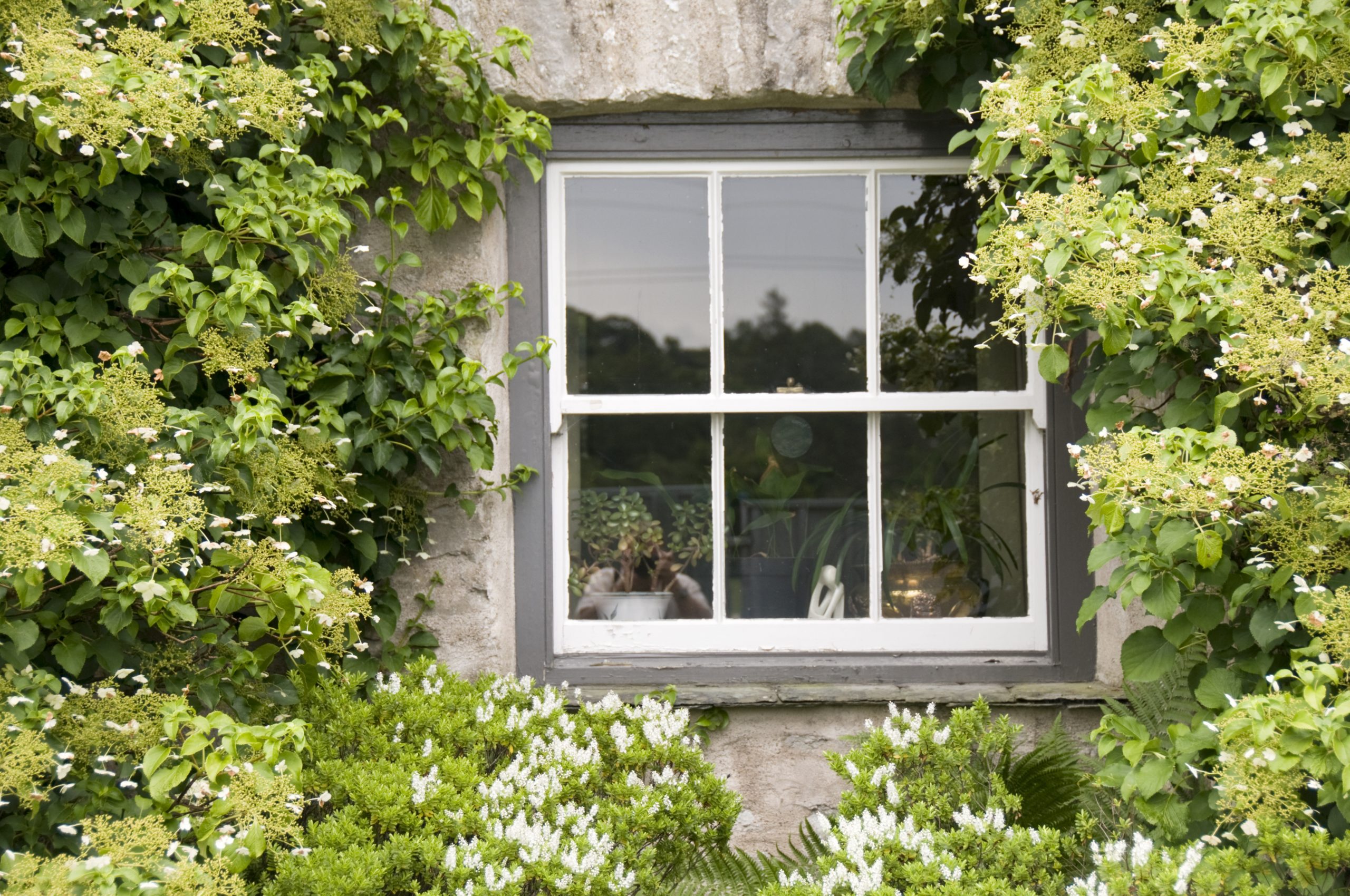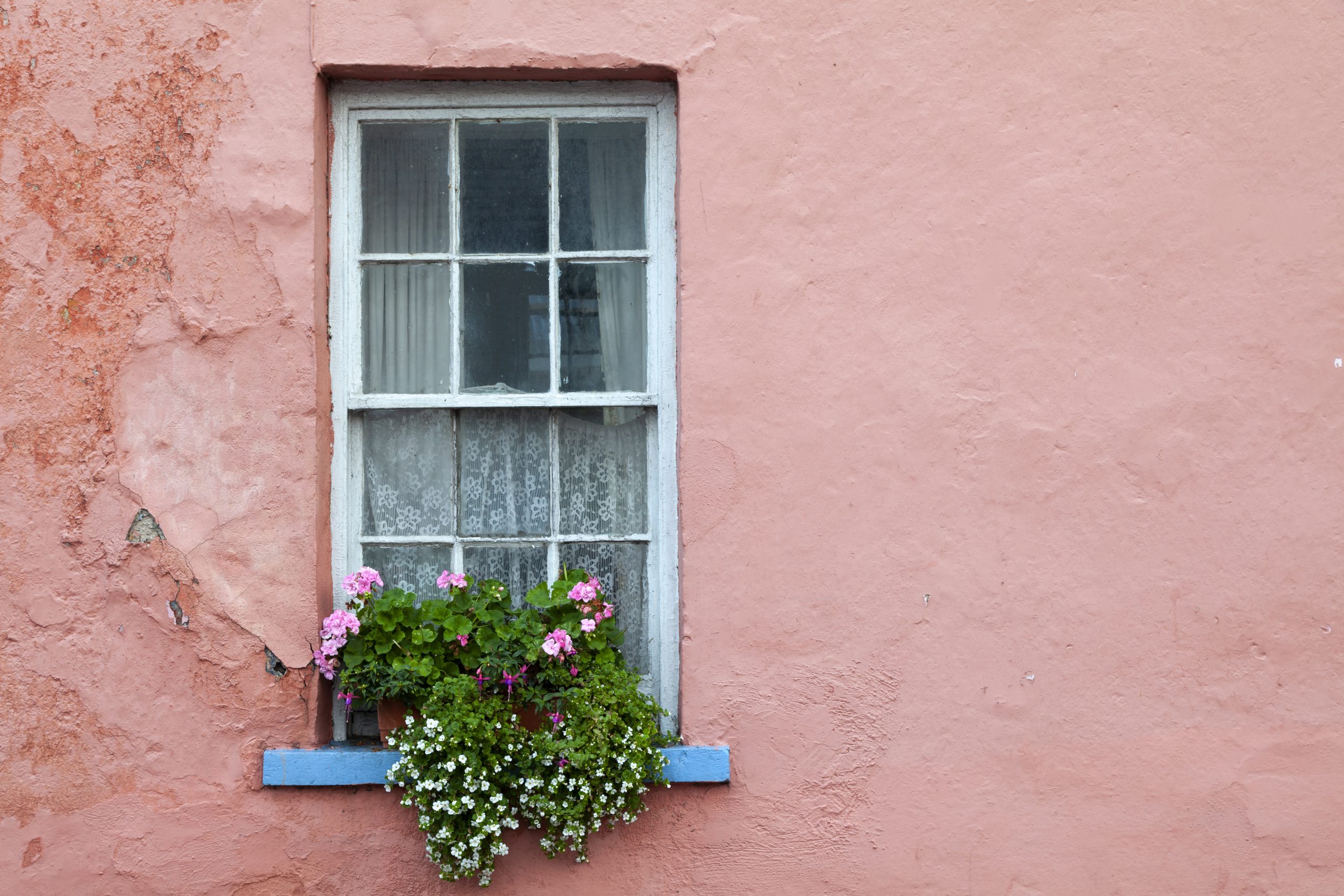The great sash-window debate: Repair, replace or drag them into the 21st century
Little beats the charm of traditional sash windows, but there's no doubt they can be a little leaky. Eleanor Doughty explores the options to bring them into the 21st century.

There is something about a sash window, isn’t there? The gentle squeak and heave as you lift it up, the rush of air that greets you.
‘For some reason, houses with them feel like a proper home,’ says a friend, a keen sash-window enthusiast.
And it’s true — until the bleak midwinter arrives and you’re drawing the curtains at 3pm, cursing silently every time you look at the windows, which, let’s be honest, probably sold you the house in the first place.
This is the curse of the sash. It’s beautiful, but damned — both a reason to buy and not to buy a house.
Was ever a window so divisive? The author Philip Womack bought an east London flat in an old school with five enormous sashes in 2008. ‘It was such a cool flat — it felt like a country house,’ he says.
But then winter came, and so did the draughts. ‘There were times when I was working from home with a dressing gown over my clothes — it was like being outside.’
None of the heating solutions Mr Womack tried made any difference, so he had the sashes refitted, to some avail. Looking into double-glazing, he was quoted £14,000.
Sign up for the Country Life Newsletter
Exquisite houses, the beauty of Nature, and how to get the most from your life, straight to your inbox.
‘Now, it would be £20,000, and I would probably have to remortgage to do it.’
So why stick with them? ‘They are such a beautiful sight. If you can manage a month or two of discomfort in the winter, then they probably are worth it. But if you’re the sort of person who doesn’t mind what their surroundings are like, then I would not recommend them.’

According to Historic England, the predecessor to the familiar vertical sash originated in France in the mid 17th century and was fixed at the top.
Today’s version, ‘the double hung sash with a counter-weighting mechanism’, however, appears to have been a British invention.
Using a ‘system of hidden, counterbalanced weights to allow both top and bottom sash frame to be moved independently’, it brought a clever system of ventilation that surpassed what was possible with a traditional casement window.
It was a genius invention, says Robyn Pender, senior building conservation advisor at Historic England. ‘It gives you the best control over ventilation of anything that we know.’ Sashes, adds Dr Pender, are part of a brilliant system. ‘If you’ve got a building with sashes it’s a gift — it was designed to run in a low-energy way.’
Despite having survived this long, Historic England describes the sash as under attack from modern technologies. ‘The loss of traditional windows from our older buildings poses one of the major threats to our heritage,’ reads the introduction to its traditional windows guidance document. ‘They can be important artefacts in their own right.’
That’s all very well, until you’re freezing to death. What to do when the draughts arrive? There are several ways to improve the thermal efficiency of your sash-windowed home without taking away its character, says Ken Moth, deputy chair of the Victorian Society.
First, ‘with discreet draught-sealing that doesn’t affect the performance or opening of the window’; with ‘thin sealed double-glazed units in a historic sash — these units are only about 10mm–12mm thick front to back, two panes of glass with a vacuum between them’; and with ‘secondary glazing on the inside, typically a very thin metal frame’.
The last of these, says Mr Moth, is ‘less invasive and leaves the original window intact’, but double-glazing is still an option.
You can’t blame your windows for being a bit leaky, adds Mr Moth. ‘They’ve been used for 100 years or more — things get a bit wobblier over time.’
How you solve your sash window problem will depend on whether you live in a listed building or not. For those who do not, there are no restrictions on what kind of windows one can have — essentially, it’s down to taste.
Historic England suggests that repair is better than replacement and that, if you opt to replace, to avoid ‘plastic’ windows, which ‘pose one of the greatest threats to the heritage value of historic areas’.
Plus, when discarded, these windows ‘end up in landfill sites with the potential for releasing some of the most damaging industrial pollutants’.
For those who do live in listed buildings, the advice to repair is consistent, if a little more stringent: Historic England encourages ‘the retention of windows that contribute to the significance of listed buildings’, and advises that these should be ‘repaired where possible’, although, if ‘beyond repair they should be replaced with accurate copies’.
Indeed, Historic England is a little sniffy about replacing windows on any kind of buildings at all: ‘The idea that old windows are “worn out” is driven largely by a culture of replacement and fashion than by an actual assessment of their condition.’

In short, exhaust all other options before you replace. After all, says Andrew Cronan, senior associate director of Strutt & Parker’s country department, ‘windows are the eyes of the house’, so they’ve got to be bang on. Sometimes, double-glazing is the answer.
He gives the example of Combe Florey House in Somerset, the former home of Evelyn Waugh, which is on the market for £5.5 million, ‘where all the original windows have been replaced with high-quality double-glazed sashes, bringing the house into the 21st century’.
The upgrade work done at Combe Florey is consistent with wider window restoration trends. Richard Dollar set up The Sash Window Workshop 28 years ago and explains that, until recently, ‘we did a lot of draught-sealing work. That market has almost disappeared — most of the work we do now is double-glazing’.
With this, Mr Dollar’s company can work in one of two ways: ‘Either we take out the window and put in a whole new one to replicate the existing one, or we can take out the sliding parts of the existing windows and replace them into the box frame.’
It is, he says, more economical to refit rather than repair. ‘When you’ve draught-sealed an old window, put it back together, and then painted it, you’re more than halfway to the cost of putting in new double-glazing panels.’ Customer demand, he says, is for eco-friendliness: ‘People are realising that double-glazing is the only way to increase thermal performance.’
Up in North Yorkshire, Andrew Stronach of Ryedale Joinery, concurs.
‘We’re in business to sell windows — would I make single-glazed windows every day of the week? Quite happily. Would we be able to sustain the business? Definitely not, because the market is for double-glazing. Less than 5% of people come to us for single-glazing.’
To limit interventions, Mr Stronach advises sash owners to regularly maintain their paint, especially on original windows. ‘Old windows are made from really good wood — Douglas fir and pitch pine — and it doesn’t move a lot. Modern timbers do move a lot, beyond the amount that the paint can take.’
An annual repaint will do the trick. ‘A crack in the paint can end up being a major repair, but a crack in the paint picked up in March every year becomes a minor repair. [It’s best to] paint the sills and the lower sections every year — it’s like having a check-up at the dentist.’

Janine Stone's Jeremy Spencer: 'The impact of windows on a building’s appearance can be transformative'
In the latest Janine Stone Masterclass, Giles Kime talks to Jeremy Spencer about the lessons we can learn from the
-
 The King's favourite tea, conclave and spring flowers: Country Life Quiz of the Day, April 22, 2025
The King's favourite tea, conclave and spring flowers: Country Life Quiz of the Day, April 22, 2025Tuesday's Quiz of the Day blows smoke, tells the time and more.
By Toby Keel
-
 London is the place for me* (*the discerning property buyer)
London is the place for me* (*the discerning property buyer)With more buyers looking at London than anywhere else, is the 'race for space' finally over?
By Annabel Dixon